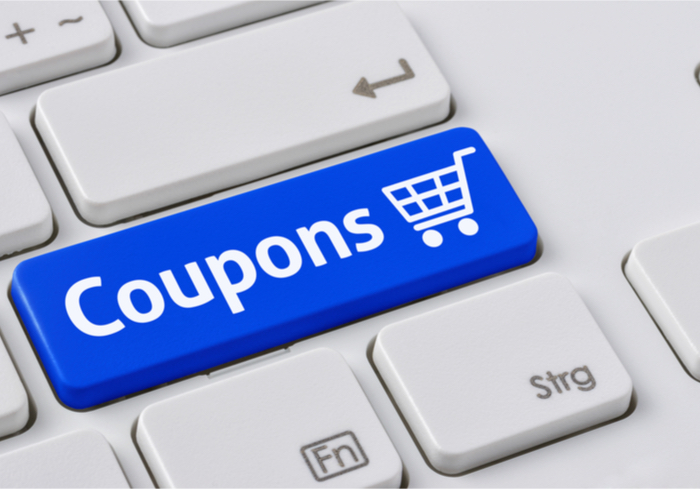Digital Coupons Evolved From Handwritten Tickets In The 1880s

In 1887, Asa Candler, the founder of the Coca-Cola Company, had a novel idea: He decided to give away some of his product for free. And so, he wrote tickets for consumers to try a glass of ice cold Coke.
Eventually, Candler’s idea would morph into a more formal strategy. The company began reaching out to pharmacists in what could today be called targeted marketing.
In return for two gallons of Coke syrup, pharmacists would provide the soda company with the names and addresses of people who lived nearby. With that information in hand, Coke was able to send coupons directly to consumers.
“It was a classic new strategy,” Charlie Brown, vice president of marketing at NCH, told RetailMeNot. “Consumers would get this thing in the mail for a free glass and of course try it. And the pharmacist would keep buying the syrup.”
As Coke ramped up its early couponing efforts, other brands realized they too could use coupons to promote their products. C.W. Post, for example, turned to coupons to promote cereal.
“Customers were given a ‘one cent off certificate’ for redemption on their purchase of Grape Nuts at their local grocery store,” Lance Masters and Karen Kessinger wrote in a conference paper for the Academy of Marketing Science. “This was a landmark in the development of price promotion incentives in new product introductions, designed to give advantage to consumer, retailer and manufacturer.”
The Coupon Evolves
Years later, consumers used coupons during the Great Depression to save money on their weekly trips to the grocery store. Even as economic times improved, consumers looked to coupons to save money, and retailers used them to attract customers to their stores — and away from their competitors.
In the 1940s, for example, chain supermarkets utilized coupons to bring people through their doors as they competed with neighborhood stores. In fact, coupons became so popular that merchants became overwhelmed with handling them.
As a result, coupons spurred a whole new service. In 1957, the Nielsen Coupon Clearing House was founded in order to do all the administrative tasks that frustrated retailers — sorting and cataloging coupons, for example.
In 1968, coupons continued to evolve when Terry Loebel came up with the idea of sending packets of coupons from neighborhood merchants directly to consumers. He made an offer local merchants couldn’t refuse.
“Mr. Loebel persuaded local merchants to invest in coupons he would mail to thousands of potential customers,” The Tampa Bay Times reported. “If the ads didn’t work, he would refund their money.”
He called his company Valpak. Today, it sends out nearly 20 billion coupons a year.
The Modern Digital Coupon
Today, retailers are using digital coupons in all sorts of ways. But traditional forms of couponing are not disappearing.
When Target rolled out a new version of its Cartwheel app in 2016, for example, it included support for manufacturers’ digital coupons. That feature marked a departure from its previous strategy of simply offering partial discounts off select goods.
As TechCrunch pointed out at the time of the app update, this digital method of coupon clipping increases Target shoppers’ potential savings: Manufacturers’ coupons frequently offer greater discounts on items than are made available through the aforementioned percentage-based savings model.
But the digital coupon revolution isn’t just for mass merchants. Midwest grocer SpartanNash, for example, has been incorporating digital coupons into its own operations. Customers who order online through SpartanNash — whether for pickup or delivery — receive an automated message whenever one of their purchases is eligible for a digital coupon.
While digital coupons offer consumers savings, they also provide advantages for retailers. Digital coupons can lead to larger ticket sizes. Consumers who use digital coupons spend more than the average shopper — a lot more, says a recent study by Coupons.com and market researcher GfK.
In a report titled, “Digital Coupon Redeemer: Shopper Trends,” the firms reported that shoppers who frequently use digital coupons shop as much as 47 percent more often than the average shopper — and spend more than $6,000 on groceries and household goods. That tally is 114 percent more than the U.S. national average, the firms noted.
While Coca-Cola’s Asa Candler may not have had access to the kinds of data and technology the digital age provides, there is one thing we know about one of the earliest coupon campaigns. Redemptions were high: Consumers enjoyed 8,500,000 free drinks during the first few years of his landmark campaign.